As the world constantly changes, it can be hard to stay up to date with ever evolving consumer behaviors, preferences, and trends.
But, as marketers, knowing your buyer persona — and what motivates them — is absolutely vital.
To help both marketers and business professionals alike, we conducted a bi-annual survey of 600+ U.S. adults in May 2022 and January 2023, and did a deep dive into generation-by-generation data to learn:
- What trends they’re following.
- Which online platforms they use.
- How and where they prefer to shop.
- What they think about returning to the office.
- and much, much more.
Here, we’ll explore some of the biggest consumer trends changes between May 2022 and January 2023.
The 3 Biggest Consumer Trends Changes in the Past 9 Months
First, let’s dive into three of the biggest changes we saw between May 2022 and January 2023.
1. Engagement with virtual worlds stayed about the same, but consumers are investing less money into virtual items or currencies.
Despite the waning hype around the metaverse, attitudes haven’t changed much over the past six months. Both May and January’s surveys found only 8% of U.S. adults have ever visited a metaverse.
Public opinion on the metaverse has improved slightly over the past nine months. 36% of consumers now say the metaverse is the future of technology — up 6% since May. And 33% say the metaverse is an extension of reality, up 18% since May.
However, investments in virtual currencies have seen a decline. In fact, among those who’ve ever visited a metaverse, only 50% reported buying cryptocurrency in January — which is a 35% decrease since May. Additionally, 60% of metaverse visitors reported buying NFTs in January 2023 … 13% lower than May’s respondents.
The decrease in purchasing virtual currencies might have to do with today’s economic landscape. If people are generally more conservative with their spending, this could trickle into the virtual atmosphere, as well. However, it’s important to take note of the decrease as a potential signifier that virtual currency isn’t as popular as it was in 2022.
2. Gen X and Boomers are warming up to social media as a product discovery/shopping channel, although TV ads and internet search are still preferred.
In our January 2023 survey, we found 46% of Gen X and 24% of Boomers have discovered a new product on social media in the past three months — that’s a 10% and 41% increase since May, respectively.
Additionally, 23% of Gen X (up 28% from May 2022) and 6% of Boomers (up 50% from May 2022) bought a product on social media in the past three months.
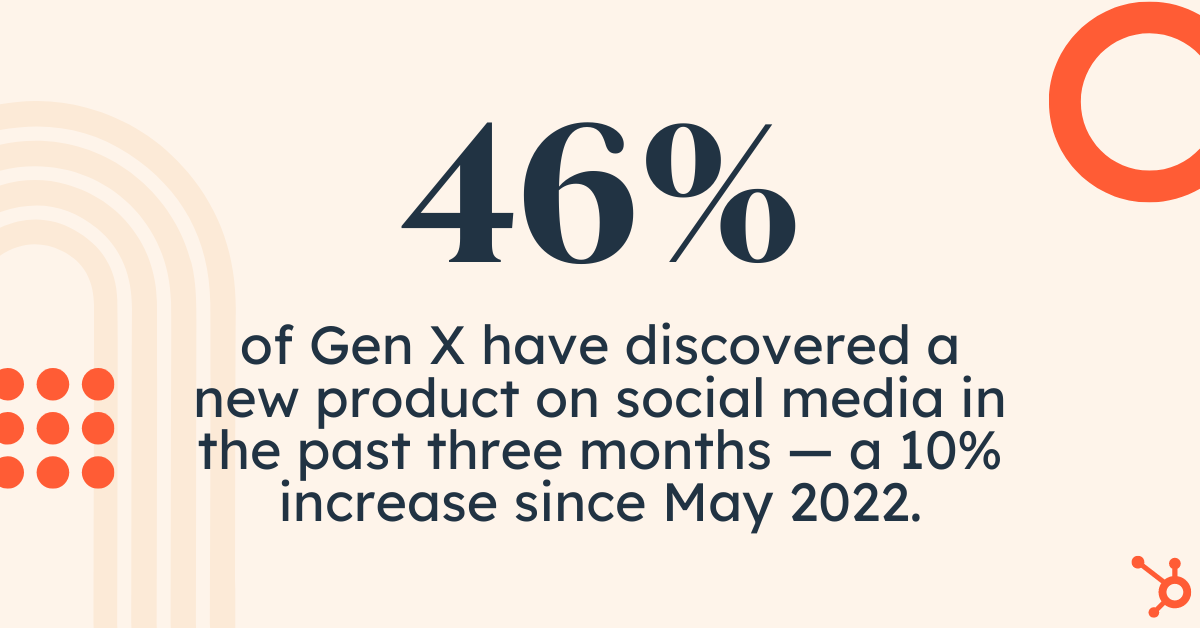
All of which is to say: The group of consumers willing to purchase products and services on social is growing rapidly. Continuing to invest in social media marketing as an opportunity for product discovery is a good ideas we enter 2023.
3. Companies taking a stance on social issues has grown more influential on consumers’ purchasing decisions since May 2022.
Oftentimes, consumers make purchasing decisions based on what they know of a company’s social or environmental advocacy.
This trend has increased over the past six months. Some of the biggest jumps we saw include:
- 52% of consumers say they’re more likely to purchase from a company that actively tries to reduce its environmental impact (up 13% since May 2022)
- 39% say they are more likely to buy a product based on the brand’s commitment to diversity/inclusion (up 8% from May 2022)
- 69% say they are more likely to purchase from a company that donates a portion of its profits to charity (up 5% from May 2022)
- 79% of people are more likely to buy from companies that treat employees well
- 48% say a product being made by a small business makes them more likely to purchase (up 9% from May 2022)
All of which is to say: It’s just as important – if not more so — to align your brand with strong values that matter to you, and to communicate those values to your consumers.
I know the power of this first-hand. I often buy Patagonia jackets, even though they’re more expensive than some other coat brands, because I’m proud to support Patagonia’s environmental activism.
Next, let’s dive into the state of consumer trends in 2023, and how they’ve changed since 2022.
The State of Consumer Trends in 2023 [Top Findings You Need to Know About]
1. More and More, Gen Z Differentiates Themselves From All Other Age Groups
One of the most fascinating things to dig into when looking at survey results were the vast differences between Gen Z and other age groups — including their closest predecessor, Millennials.
When taking a deeper dive into our generation-by-generation data, we found that Gen Z:
- When it comes to shopping, generations are highly influenced by price, quality, and product reviews. Gen Z especially values brands that have active communities around them.
- TikTok and Instagram are the most used social media apps among Gen Z women, while men spend much more time on YouTube.
- Gen Z is all about YouTube, Instagram, and TikTok. Not only for social networking and entertainment but also for discovering (and buying) products.

The findings above weren’t the only interesting points to call out. Our lead researcher and analyst, Maxwell Iskiev explores the differences between how all age groups shop and discover products with this follow-up guide:
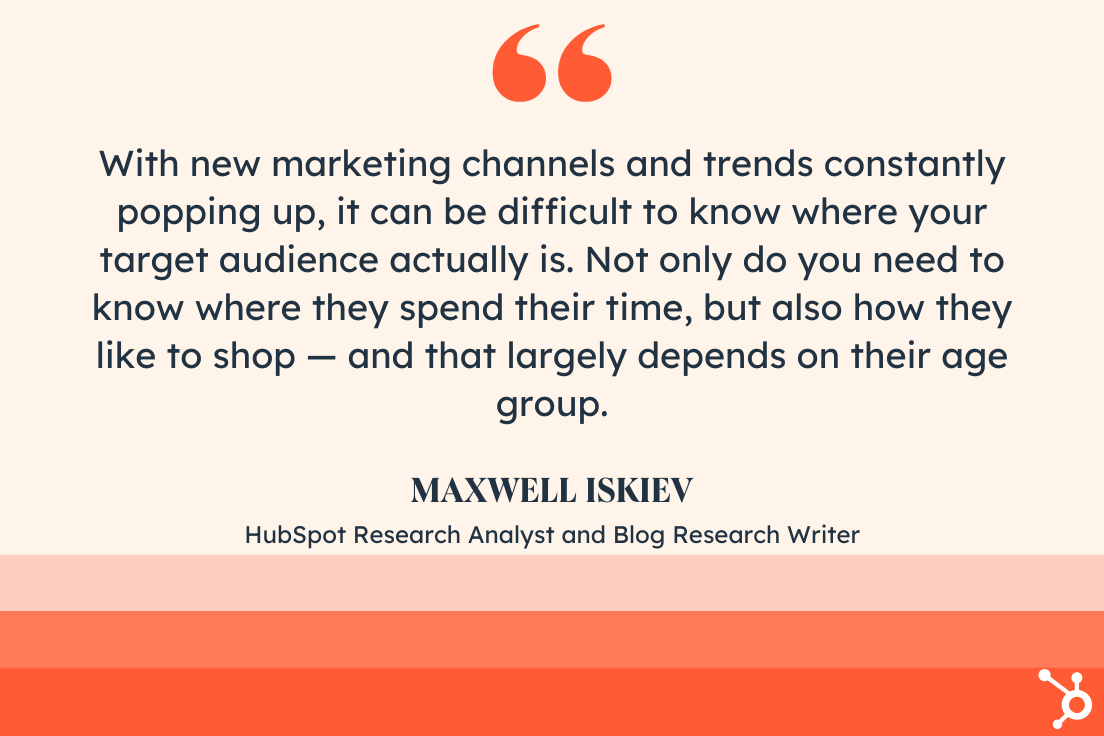
How Each Generation Shops in 2023 [New Data from Our State of Consumer Trends Report]
2. BeReal saw a 313% increase in usage between May and January.
We compared usage of social media platforms between May 2022 and January 2023, and were surprised to see that BeReal had the biggest increase in usage (313%), followed by Twitch (29%), and LinkedIn (20%).
However, it’s important to note that this doesn’t suggest those platforms are used by most consumers. BeReal, for instance, saw a 200% increase from 1% to 3% of consumers — so it’s still a relatively tiny sampling of the full consumer population.
In terms of which platforms see the most consumer usage, Facebook, YouTube, and Instagram still take the lead.
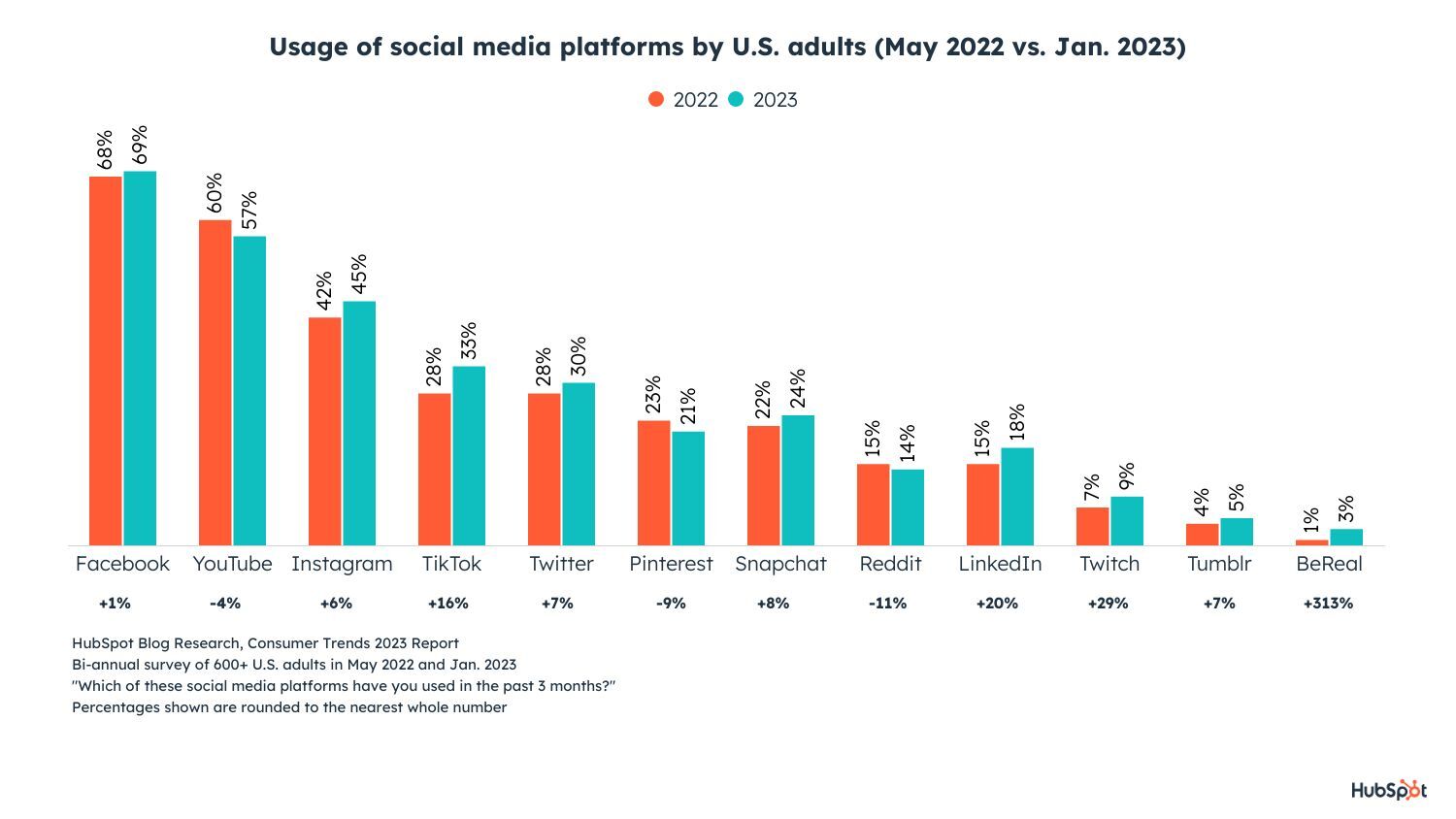
3. While social media channels are fun and emerging, search is the most valuable tool.
While age groups like millennials and Gen Z are quick to dive into new and emerging channels, especially those in the social media realm, they still turn to online searches, TV, and other utility channels to learn about everything from trends to products.
When asked where and how they discover new products, most consumers — regardless of age group — pointed to web searches.
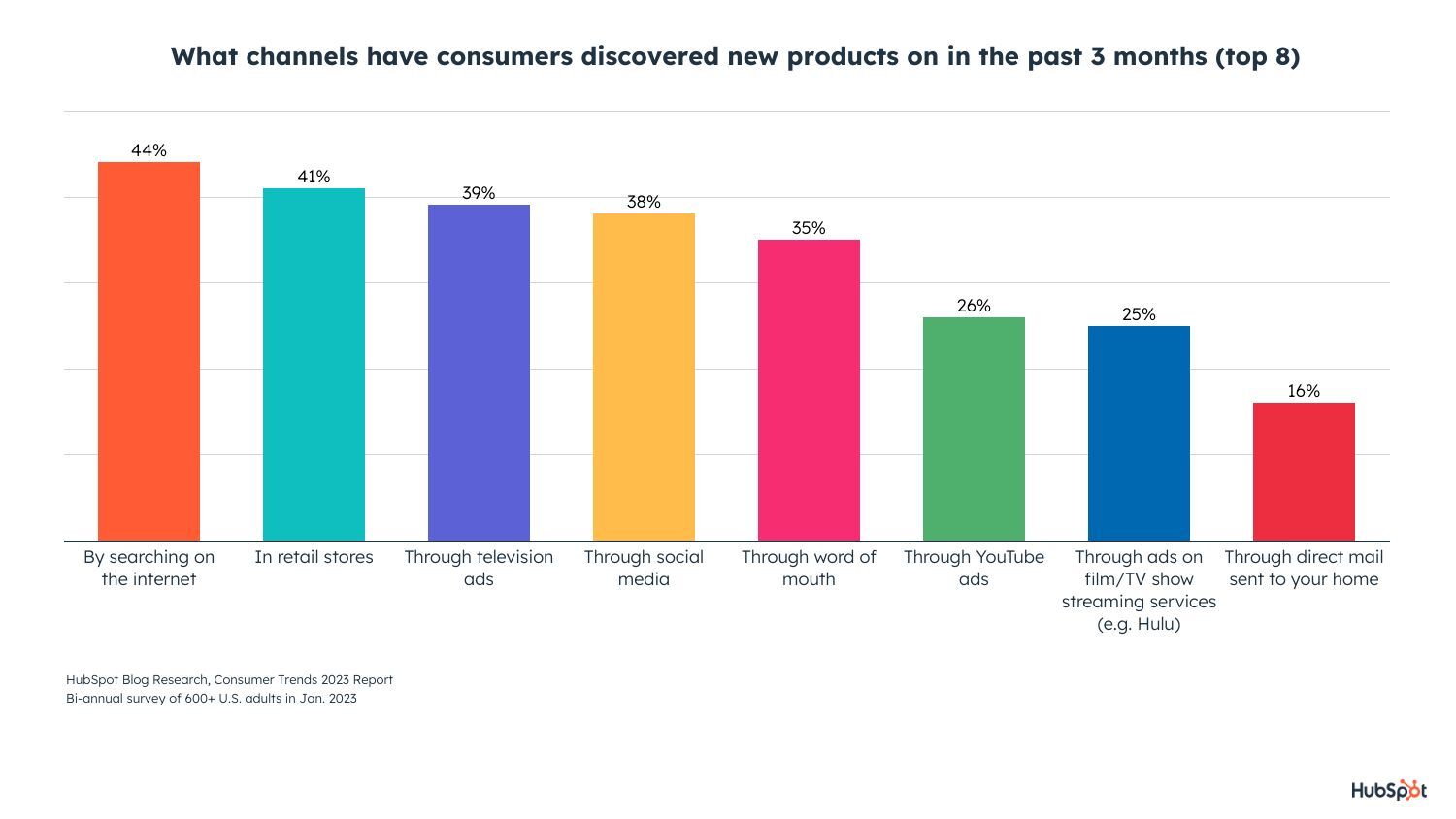
To learn more about the other top channels consumers discover products or brands on, as well as the content they love to see when they’re there, check out Maxwell Iskiev’s post: The Top Channels Consumers Use to Learn About Products [New Data] or our FREE and downloadable State of Consumer Trends Report PDF.
4. If you don’t have a mobile-friendly strategy — you could fall behind.
It’s no secret that each new generation gets more and more mobile and digitally connected. And, as the years go by, technology, websites, and social media networks are getting more and more mobile.
But, today Gen Z and Millennials aren’t the only ones finding themselves surfing the web on mobile devices. Now, most consumers regularly use mobile devices for everything from search, to social media, to even online shopping.
These findings aren’t surprising to us. In our 2023 Web Strategy Report, web managers we polled described mobile optimization to be an incredibly effective strategy for marketing and site growth.
5. Some consumers are stepping into Web3, but most don’t even know what it is.
While some consumers, especially those in younger generations like Gen Z and millennials, are ready to throw their whole wallet into the metaverse and cryptocurrency, most are still getting their first taste of the Web3 world.
In fact, 51% of our survey participants from the May 2022 survey say they don’t even understand what Web3 even is yet.
While Web3 experts believe this technology will continue to grow in the coming years, businesses don’t need to pivot their whole strategy to get ahead of it right this second.
However, as the technology gets more prominent and accessible, it’s still helpful to learn about the potential opportunities and risks of the Web3 space.
That’s why Caroline Forsey interviewed a handful of Web3 experts to learn more about how it could impact how consumers use the world wide web in the future.
Here is a quick, overarching summary of what Web3 could mean for future internet usage from Anna Seacat, VP of Marketing and Web3 Community at Proxy. 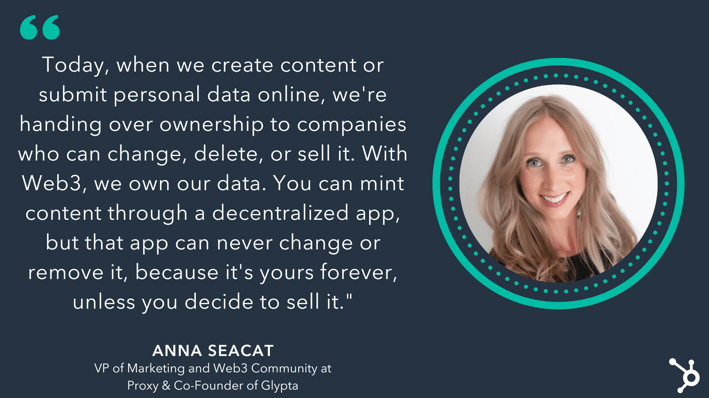
While Web3 might be a new concept to many, expect to hear more about it as the technology becomes more accessible to consumers and businesses in the coming years. For more expert predictions around this, hear what our CMO Kipp Bodnar and Kieran Flanagan, our SVP of Marketing, have to say about it in this episode of Marketing Against the Grain.
For more insights, check out these guides:
- How Web3 Technology Will Impact Consumer Trends [Expert Insights]
- How Businesses Could Shift in Web 3 [Executive Insights & Podcast]
- Everything Brands Need to Know About the Metaverse
6. Consumers crave video, and effective brands are taking notice.
By now, you know that video has played a powerful role in the lives of consumers. Not only do consumers stream more video than ever, but year-over-year, HubSpot researchers find that most brands consider it to be their most effective type of marketing content.
But, not just any video will result in a conversion, purchase, or view. While you don’t need a huge budget to woo your audiences, you will need to create content they’ll actually enjoy, keep their attention on, and be persuaded by.
In fact, 69% of our January 2023 respondents say it is more important that a marketing video be authentic and relatable than polished with high-quality video/audio.
This video interview and post from Wistia CEO, Chris Savage goes into great detail on his tips for leveraging video to humanize your brand.
For more on how marketers are benefiting from video in 2023, also check out our 2023 Video Marketing Report.
7. Stores and online retailers aren’t going away, But social commerce is growing.
A few short months ago, it seemed like social commerce features on Facebook and Instagram were just launching and gaining visibility. And although consumers still prefer to shop at stores and on the sites of online retailers they know and trust, some have started to make purchases via their favorite social platforms.
When we asked consumers to select the top three ways they prefer to buy products back in May 2022, a whopping 73% still prefer to shop in-store, while an unsurprising 53% said they like to buy from online retailers.
Flash-forward to our January 2023 survey, and we still found 69% of consumers prefer to purchase a product in-store, followed by 52% who prefer to purchase through an online retailer selling a variety of brands (e.g. Amazon.com).

Despite how new social commerce is, one-tenth of consumers or 13% like to buy products directly from social media. And, with this trend starting to grow, we’re already seeing some brands thrive on social commerce channels.
Take Pink Tag Boutique for example. The Kentucky-based clothing and accessories business saw immense growth on the Facebook Shops. They attribute $44,448 in incremental sales from the tool, and have seen 66% greater average order value from social commerce buyers compared to those who bought directly from the company site.

For more examples of brands that are already excelling in social commerce, check out this post.
You can also find more shopping trend data in this follow-up report from Caroline Forsey: The Shopping Trends of 2023 & Beyond [State of Consumer Trends Data]
8. Compared to May 2022, consumers now want to return to an office.
For the last two years, consumers — for the most part — have been stuck working at home. And, while many initially found it to be a tough new transition, a lot of us have learned to love it.
Back in May 2022, in our initial survey, we found 54% of survey participants would rather quit than return to an office.
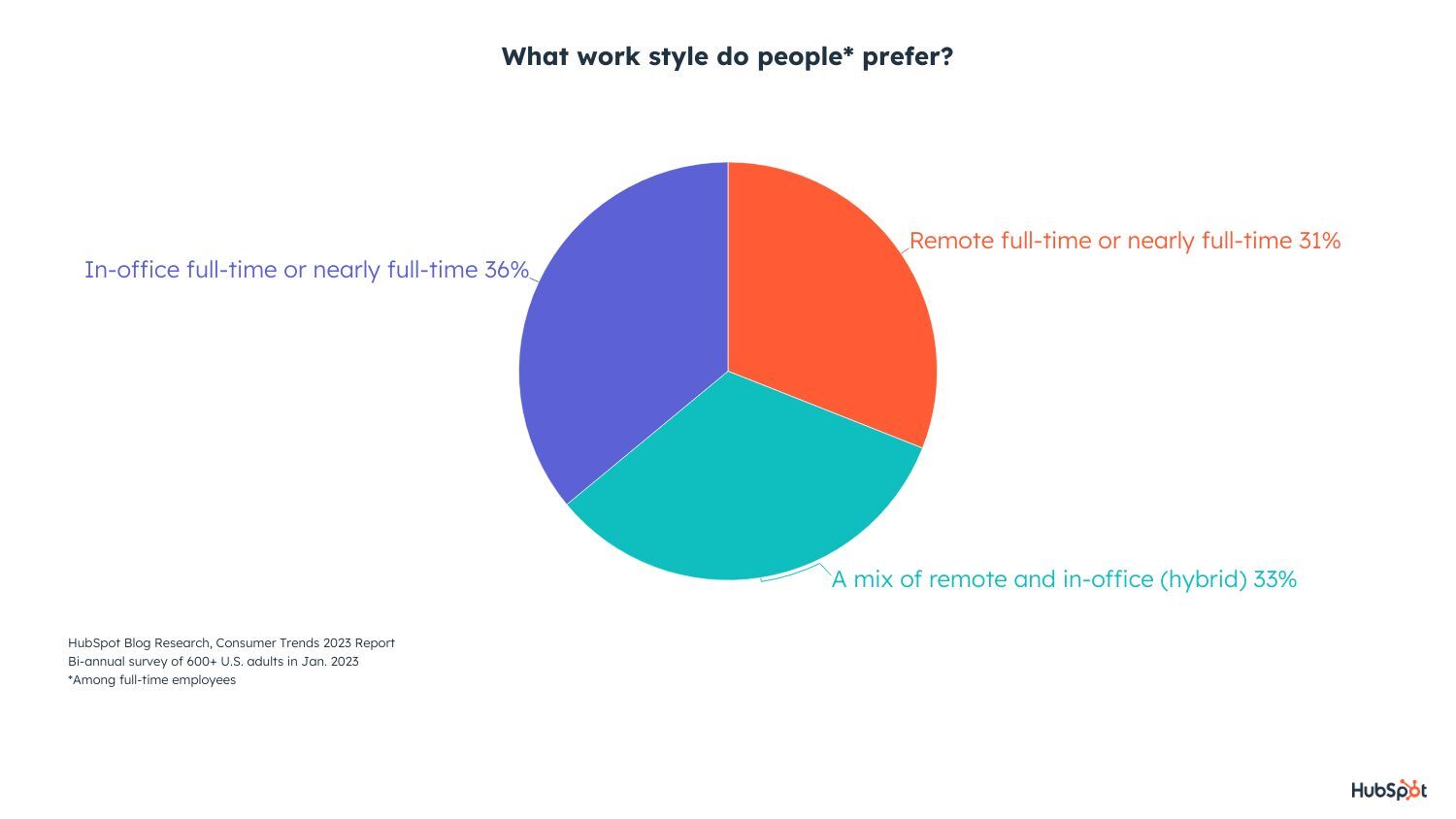
This isn’t the case anymore. As of January 2023, in-office is now the model that most workers prefer. In fact, 36% of full-time employees prefer to be fully in-office, while only 31% want to be fully remote and 33% prefer hybrid.
Additionally, the number of full-time office employees has risen from 40% in May 2022 to 48% in January 2023.
However, remote/hybrid employees aren’t interested in going back to the office full-time. 48% of them would still consider leaving if they had to come in 5X a week, although they are more open to it than they were back in May.
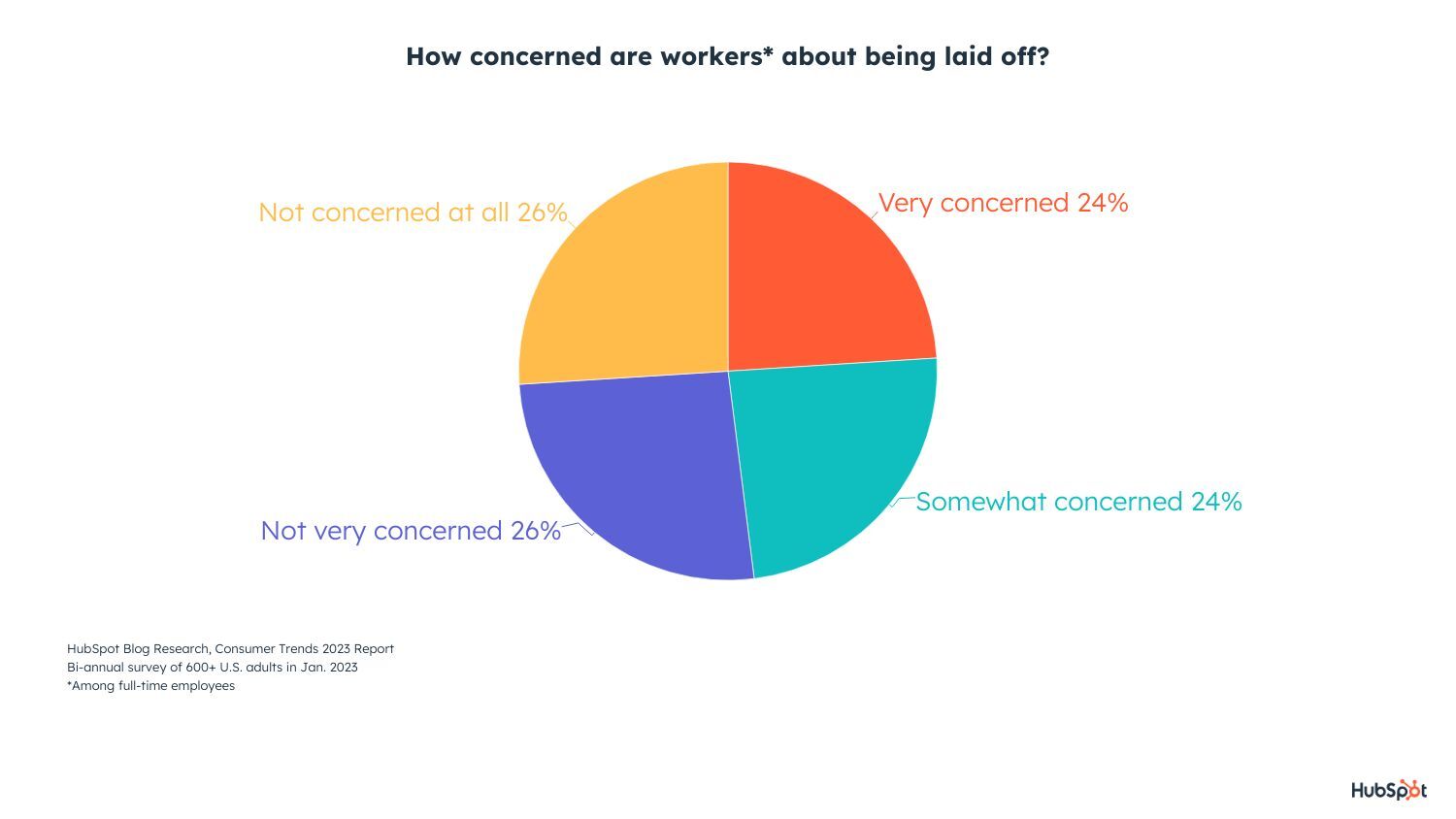
Even in times of financial uncertainty, it seems that consumers care more than ever about job flexibility — even in a time when job security is of larger concern. (In fact, 48% of full-time employees are currently concerned about being laid off.)
In the January 2023 report, we found The #1 reason employees plan to stay in their current job is healthy/work-life balance, beating out competitive pay at #2.
After all, countless studies show that it’s not healthy to make your job your entire life.
So, if you’re managing a team or planning an office re-entry strategy, keep your employees’ needs in mind. Below are just a few of the other workplace factors that could keep employees from looking elsewhere.
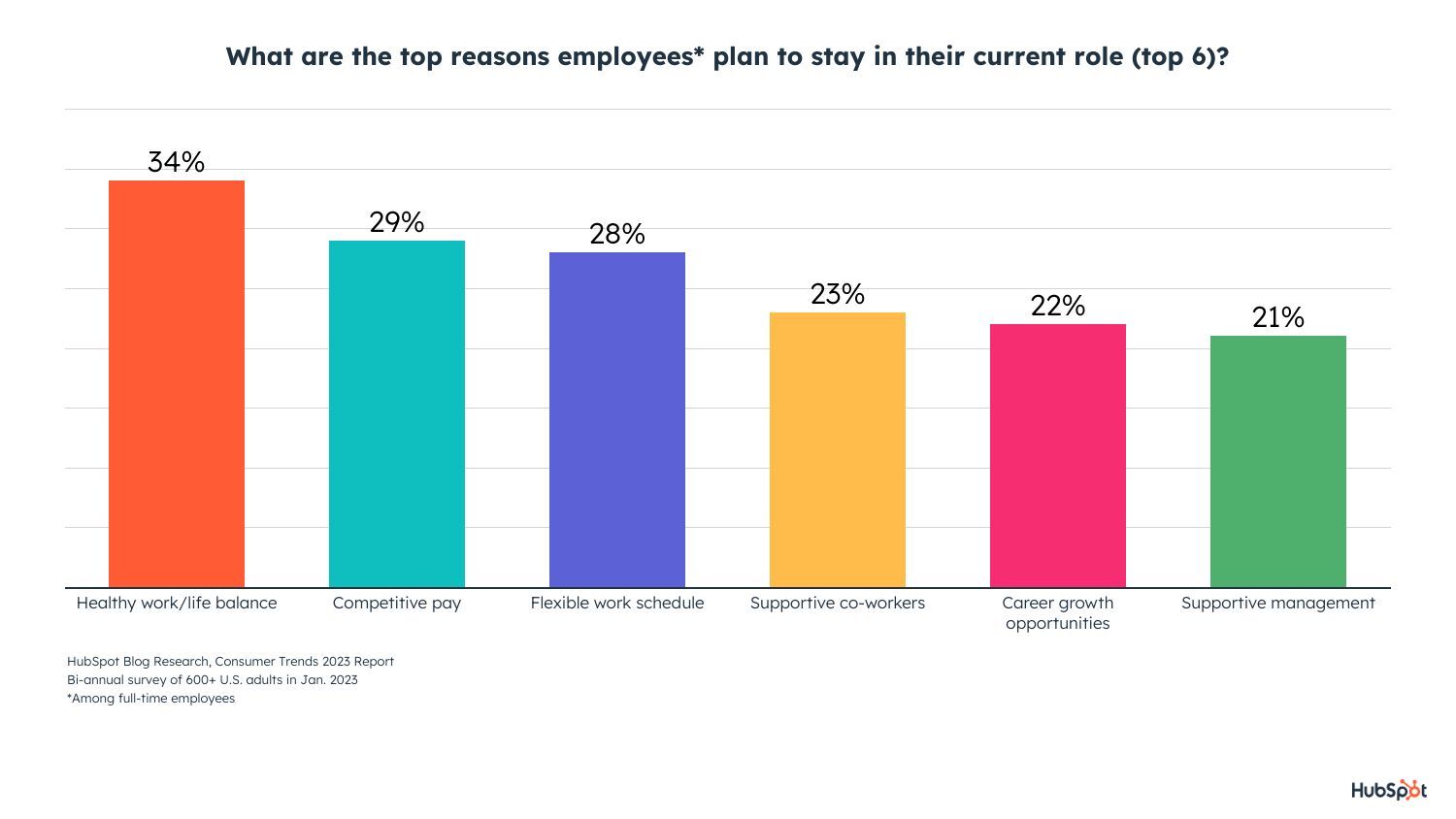
For more on this, check out Workforce Trends You Need To Know About in 2023 [New Data].
9. Many consumers consider themselves “creators.”
When looking at our survey results for the question, “Would you consider yourself a creator?”, we found that 30% of 18-24-year-olds and 40% of 25-34-year-olds call themselves content creators.
What’s great for brands here? Your very own audiences might jump at the chance to create content for you, which could in turn help them build online influence.
But, what exactly IS a “creator”? Check out this deep dive by Caroline Forsey to learn more: If Everyone’s a Content Creator, Is Anyone?
10. Consumers care about their privacy. Brands should too.
Throughout the last two years, marketers have been pivoting due to privacy changes like Apple IOS 15’s email privacy rollout and the looming phaseout of third-party cookies. But, they might not want to stop there when it comes to considering consumer privacy.
Across generations, our data found that consumers are more likely to trust, interact with, and purchase products from brands that they trust with their data.
And, while lots of data is certainly helpful for brands when learning about audiences, consumer trust is the best way to earn loyalty.
In fact, in his post about fostering a privacy-first world, HubSpot CMO Kipp Bodnar gives tips on how marketers can create strategies that feel personalized, but use data in an ethical, trustworthy, and transparent way.
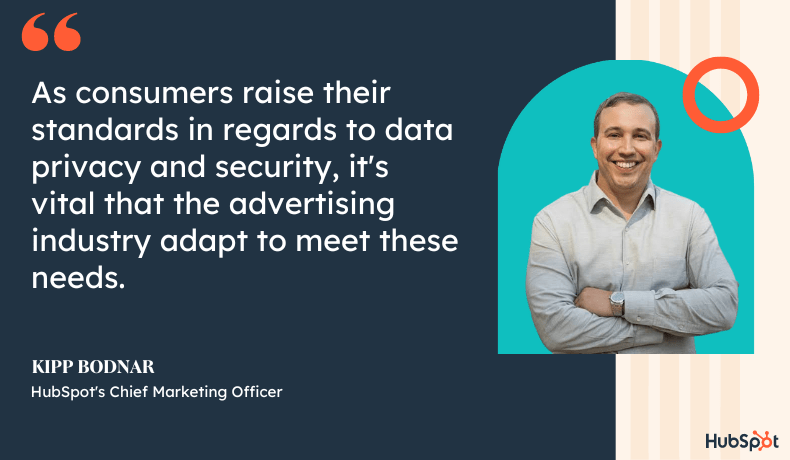
As a marketer, it’s important to identify which data points you really need and don’t need from your consumers and transparently explain how data like cookies or contact information is used when consumers are asked to give it out.
What’s Next for Consumers, According to Trend Analysts
Now that you’ve read through the biggest findings of our Consumer Trends Report, you might also be asking, “What trends and themes could come in the next six months — or beyond?”
To give you a taste of just a few trends to keep on your radar, we reached out to Julia Janks of Trends.co to learn what she and her team of trend analysts will be focusing on. Here are three of the nine trends they’re keeping on their radar.
1. Gifting strategies could catch the eyes of consumers.
Forget loyalty points — gifting is the new customer retention strategy. As remote everything continues to rise, keeping connected to clients and loved ones will be key.

Source: &Open
Gifting powerhouse 1-800-FLOWERS had a record-breaking year in 2020, and venture capital is flowing into startups like &Open ($7.2m last May) and Gracia (~$14m since its 2017 launch).
Companies will also use gifting to target employees, since worker retention is at an all-time low, and the average cost of replacing an employee is about seven months of their salary.
2. Voice search and audio SEO opportunities will grow.
The world of podcasts is growing faster than the entire internet did back in the early 2000s. Spotify alone now hosts 3m+ shows (that’s ~43x the number of titles on Netflix, Disney+, and Apple TV+, combined).
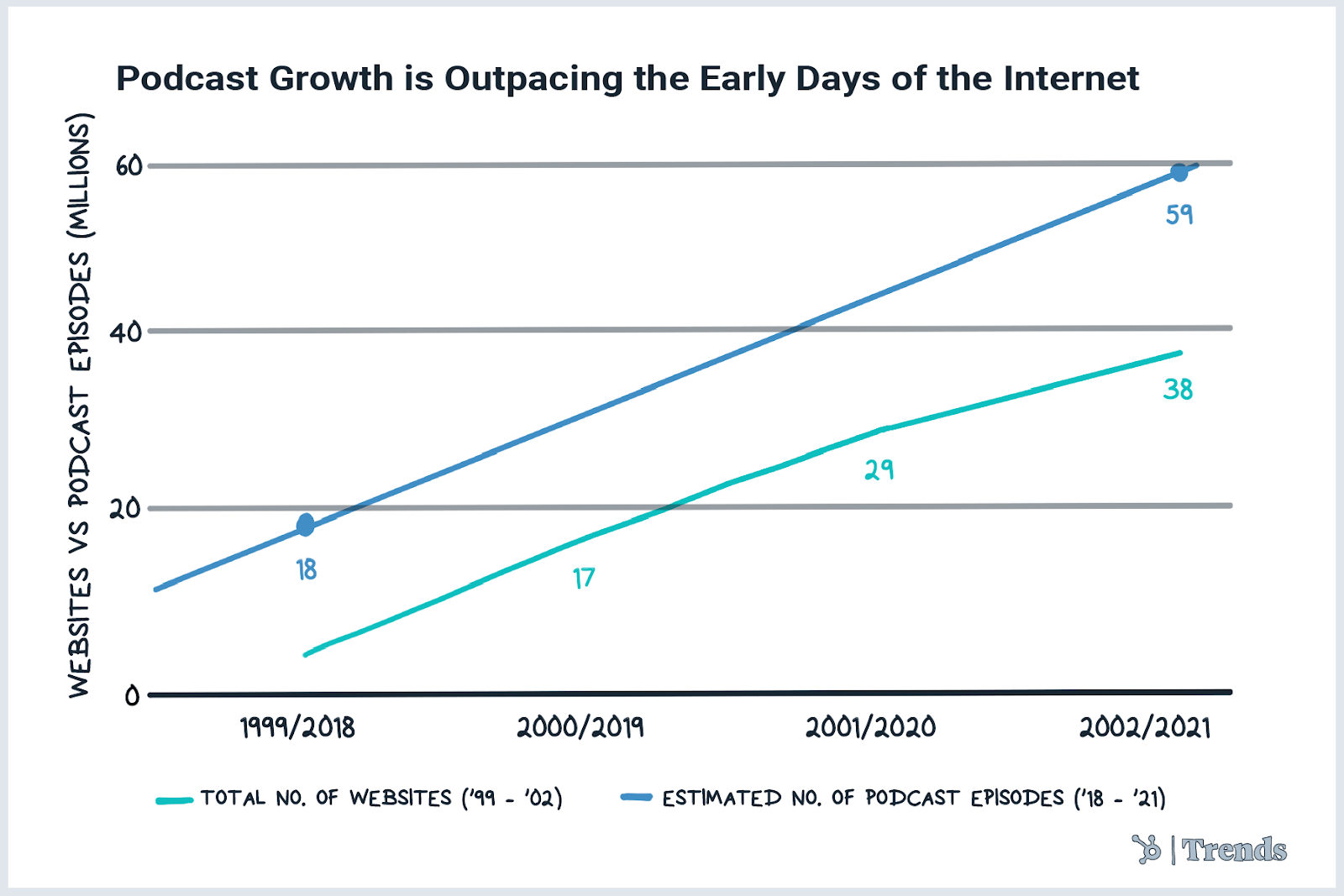
3. Consumers will visit pop-up shops — in the metaverse.
Pop-up shops in the metaverse are a thing now. And, brands like Hogan are already testing them out.
We could see the metaverse shopping industry continue to grow with consumer interest, as 30% of consumers HubSpot surveyed think more brands should consider virtual stores.
For the Julia’s full list of trends to watch, check out 9 Things Trends.co Analysts Will be Watching in The Next 6 Months & Beyond — and don’t forget to check out Trends.co for more business news, innovative ideas, and industry trend coverage.
Dive Deeper into Consumer Trends
In the post above, we gave just a few highlights of our State of Consumer Trends Survey, as well as our predictions for what’s to come. To learn more interesting themes, check out these follow-up posts:
- The Top Shopping Trends of 2023 [State of Consumer Trends Data]
- The Top Channels Consumers Use to Learn about Products [New Data]
- How Each Generation Shops in 2023 [State of Consumer Trends Data]
- 9 Things Our Trends Team Will be Following in the Next 6 Months & Beyond
- How Web3 Will Impact the Future of Consumer Trends [Expert Insights]
Want all the data in one place? Click below to download the full findings of the survey in our State of Consumer Trends Report
Consumer Trends Post Authors
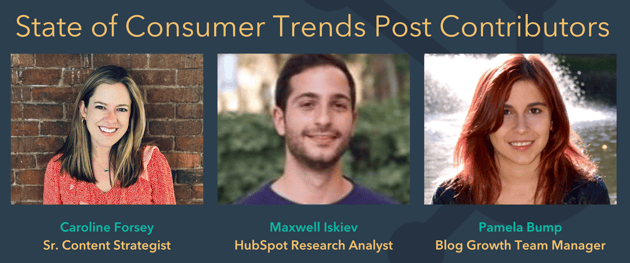
![]()





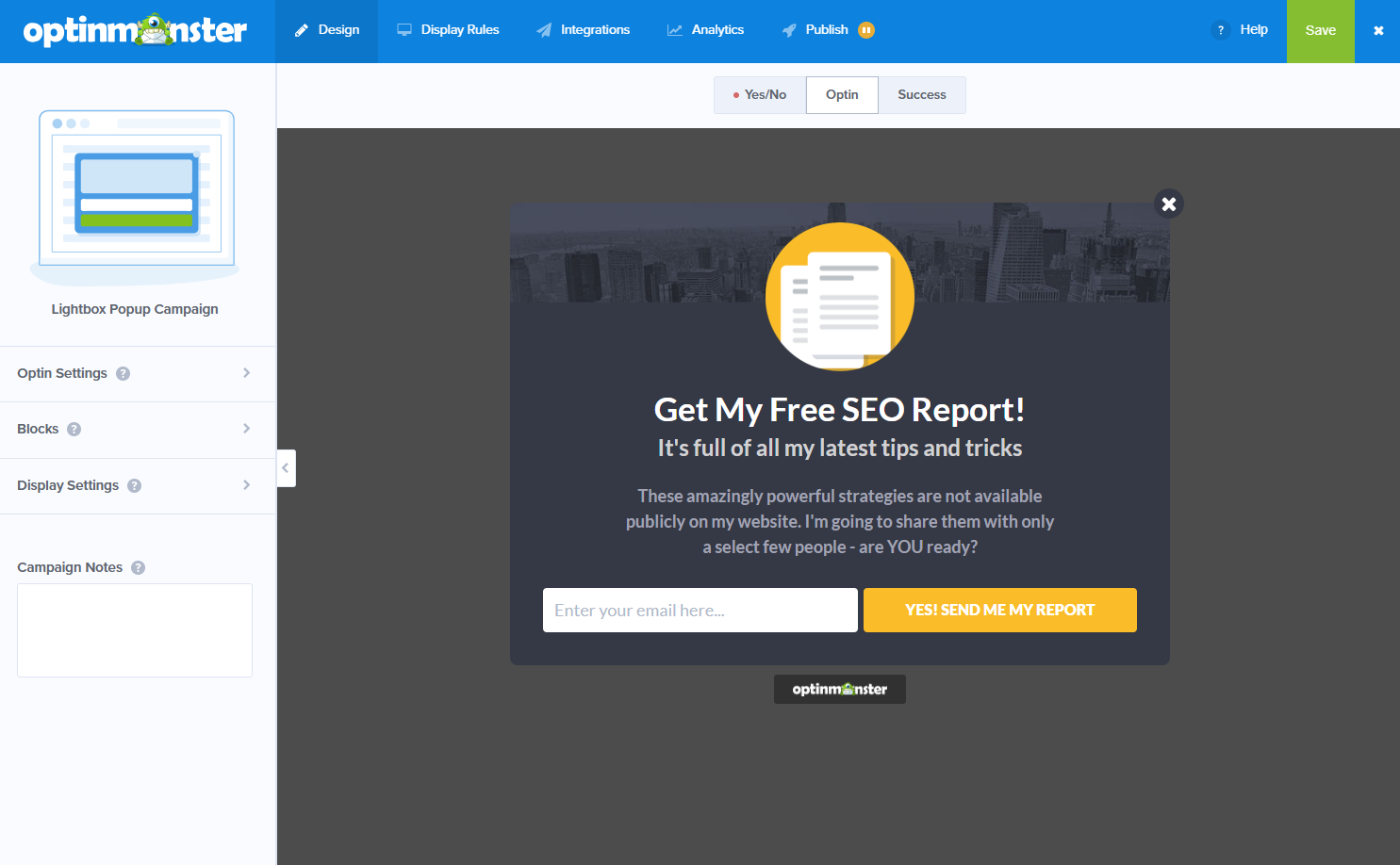
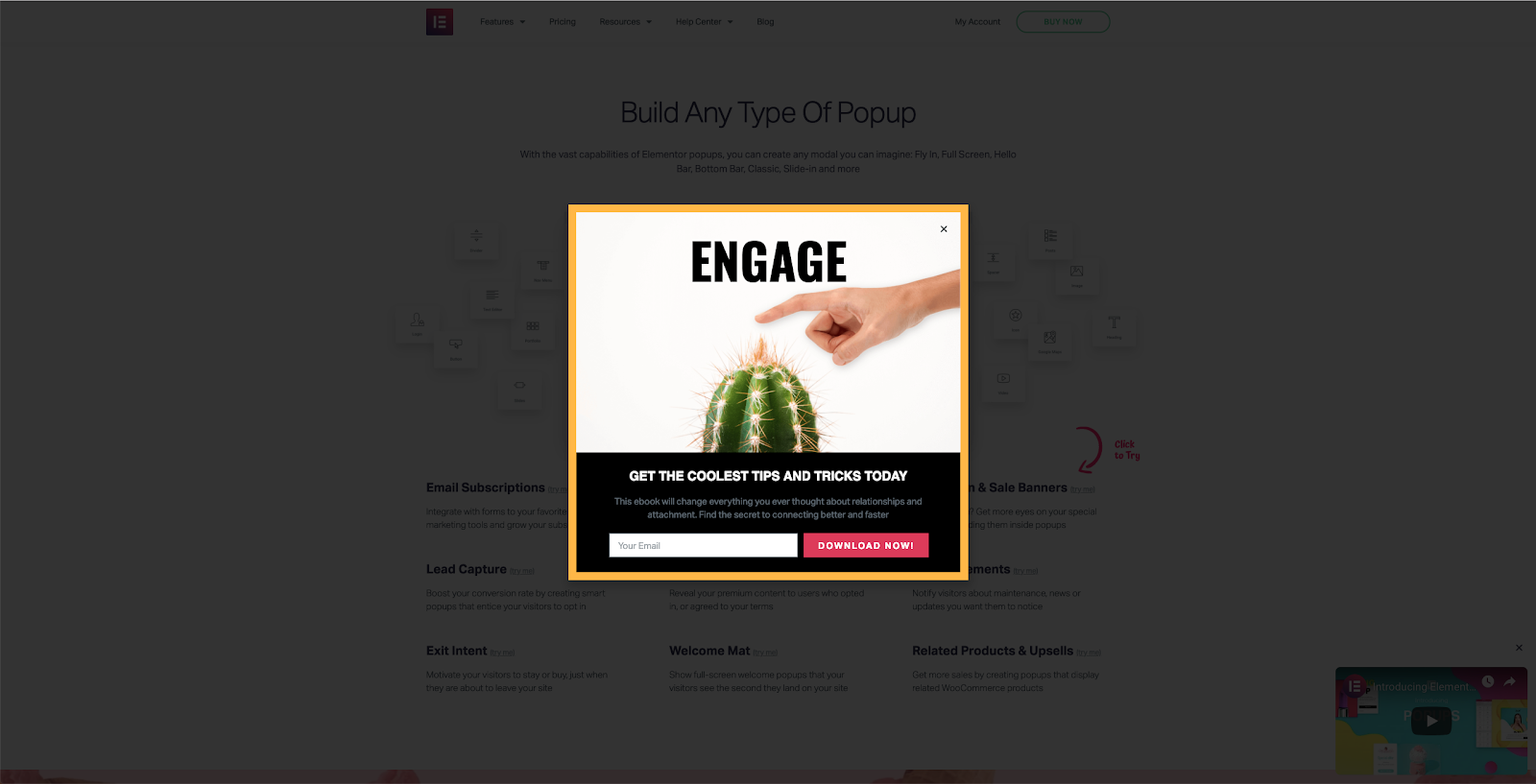

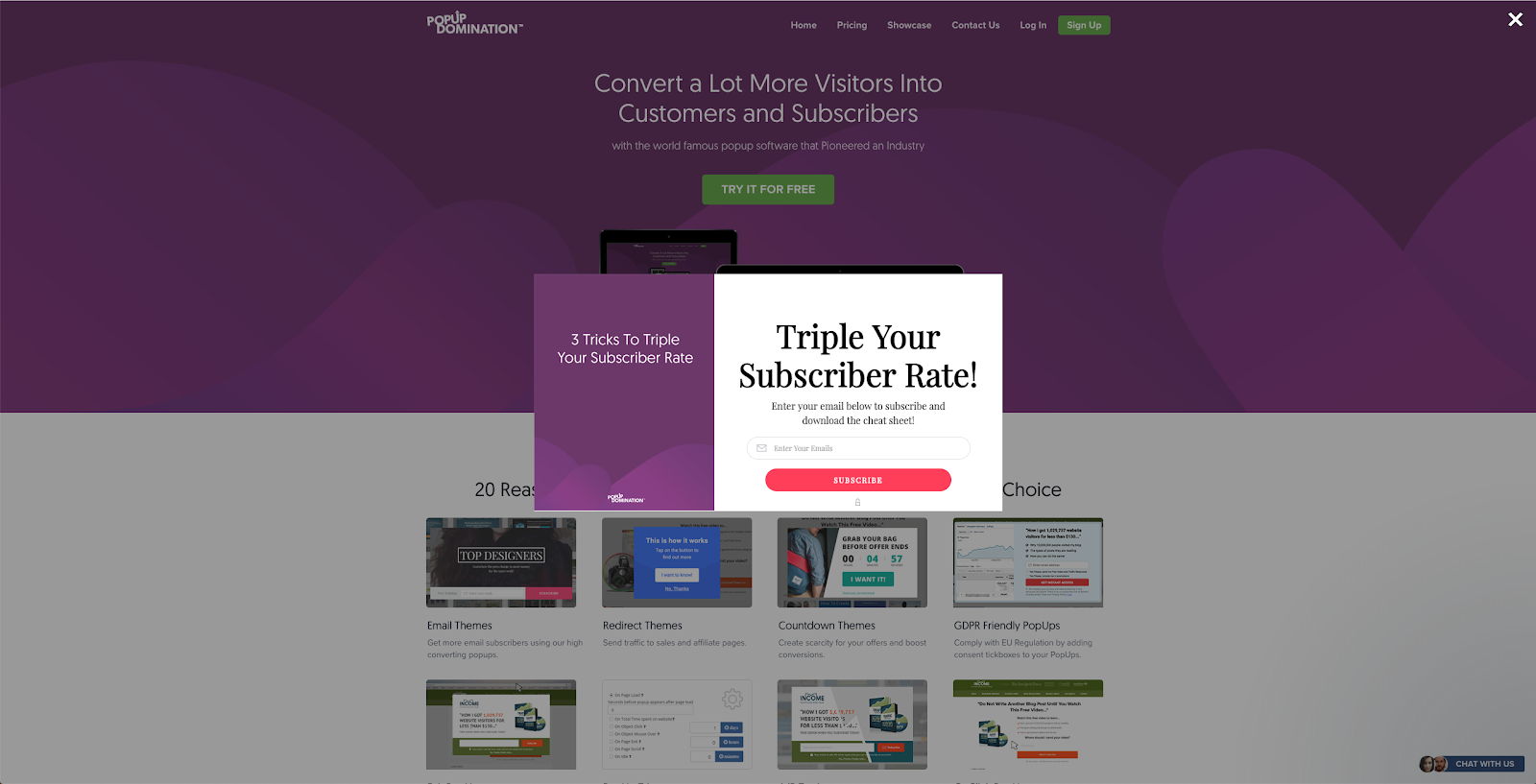
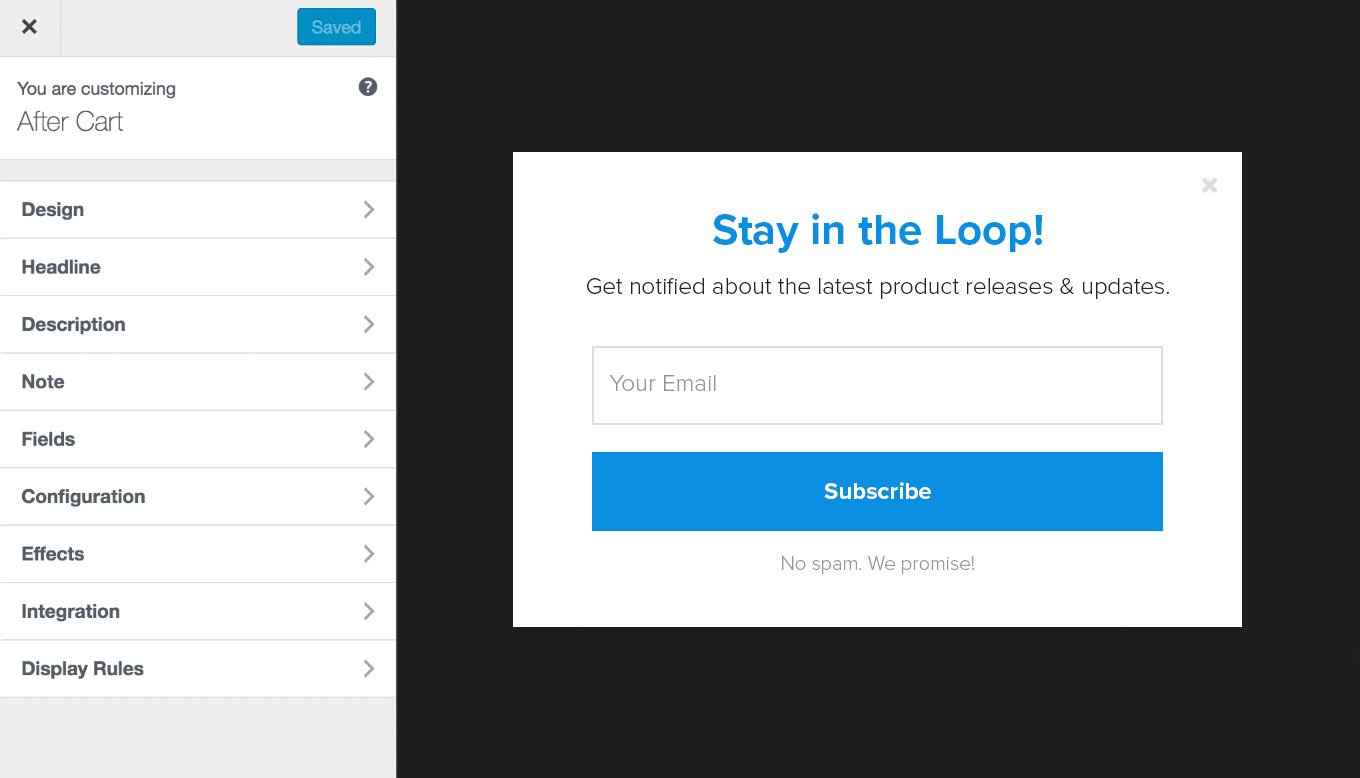
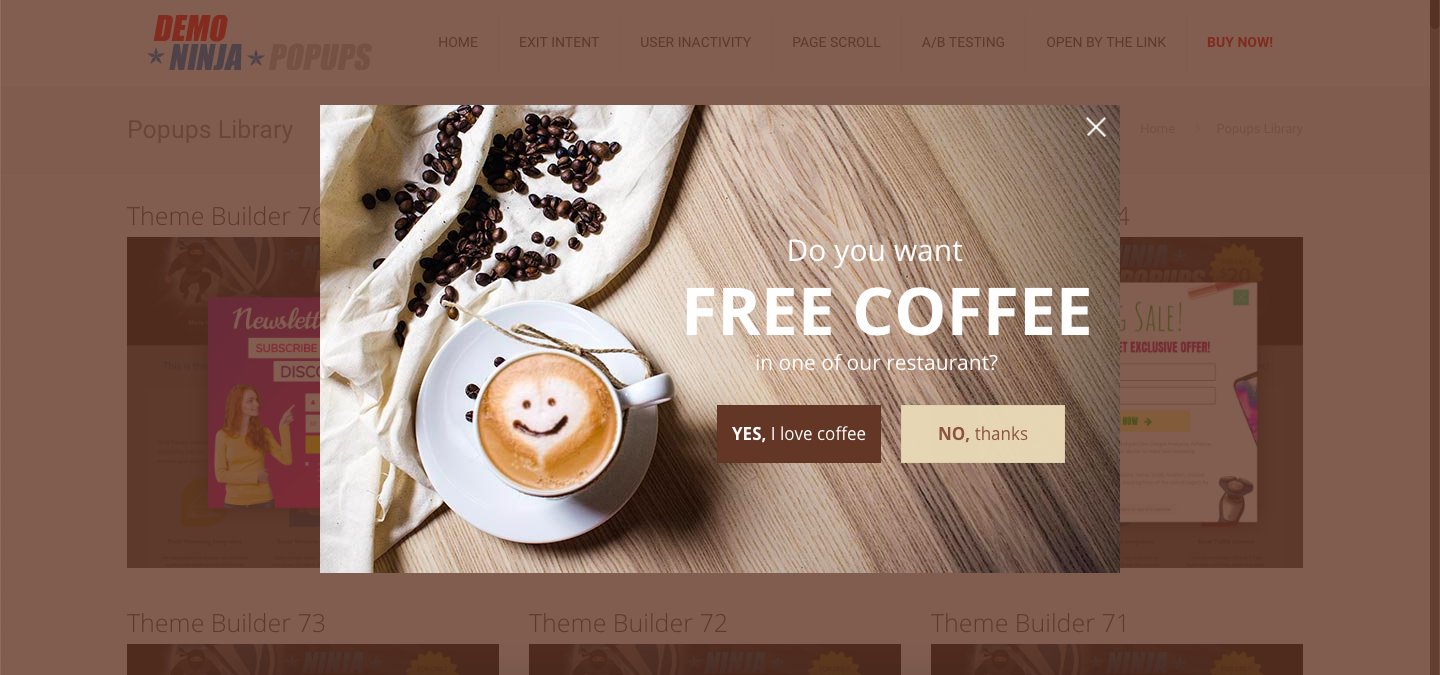


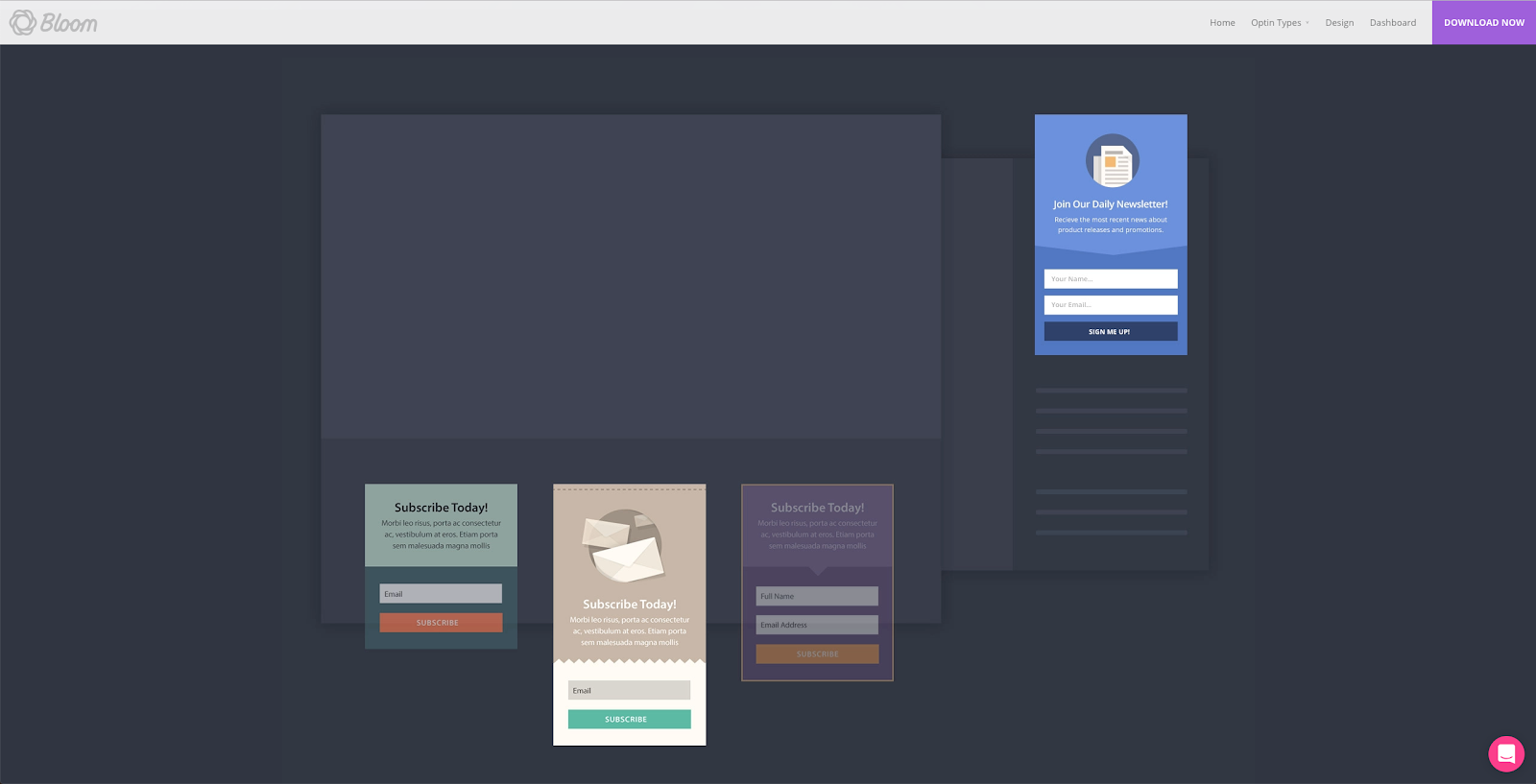
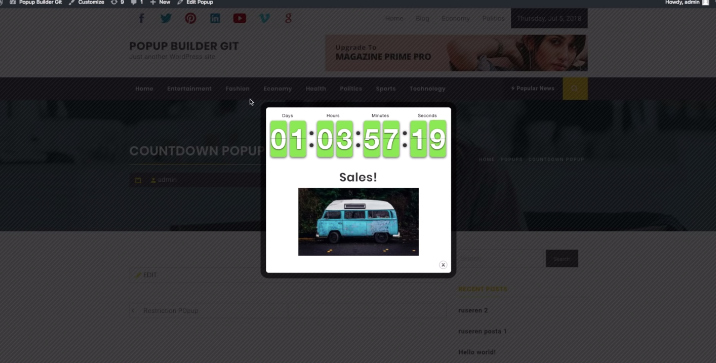 While this plugin can be used for free, just like Popup Maker, you will need to purchase extensions for additional functionality. Individual extension prices vary between $5 and $15, but you can get the full bundle starting at $49/month.
While this plugin can be used for free, just like Popup Maker, you will need to purchase extensions for additional functionality. Individual extension prices vary between $5 and $15, but you can get the full bundle starting at $49/month.


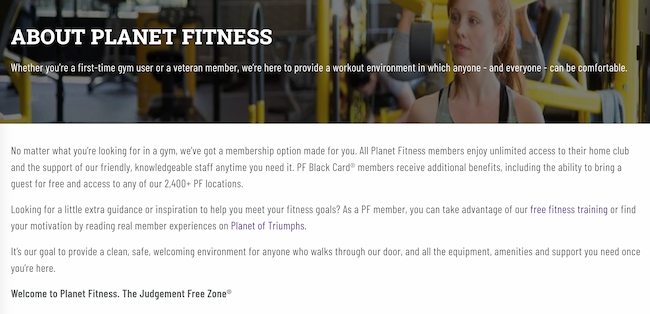
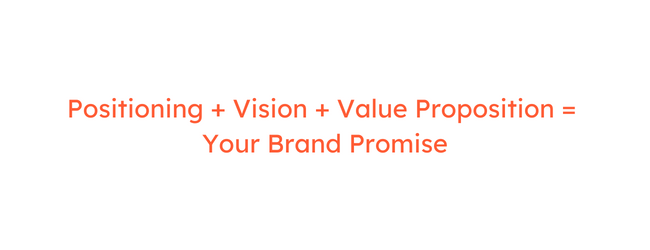
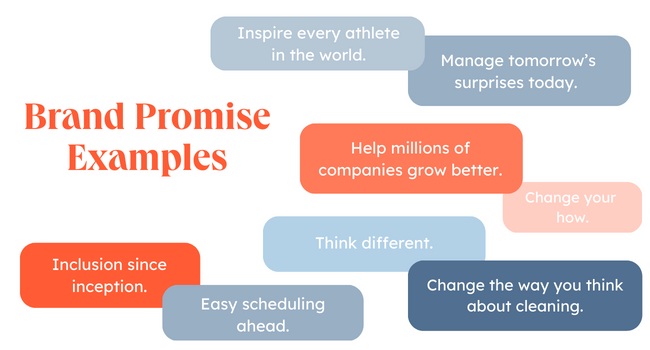
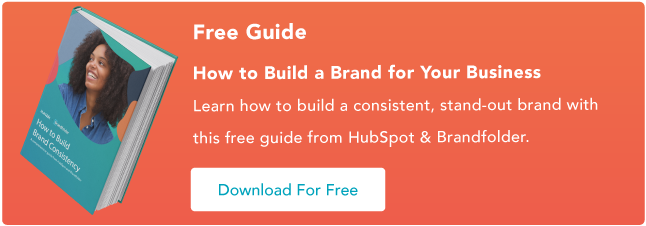

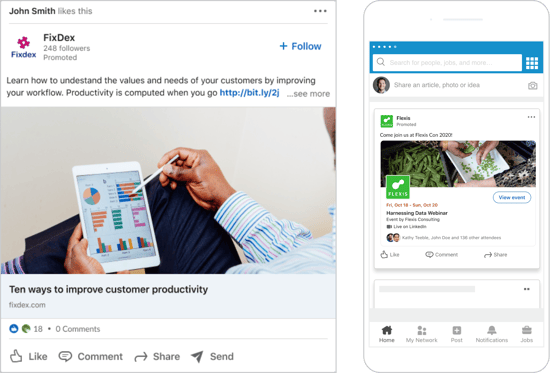
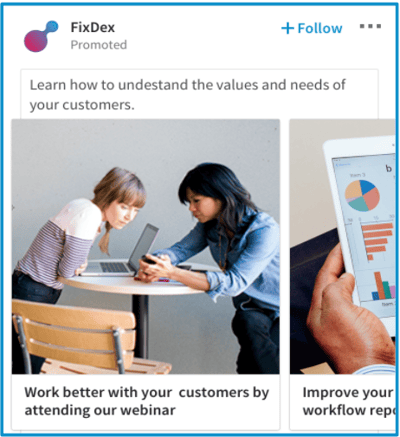
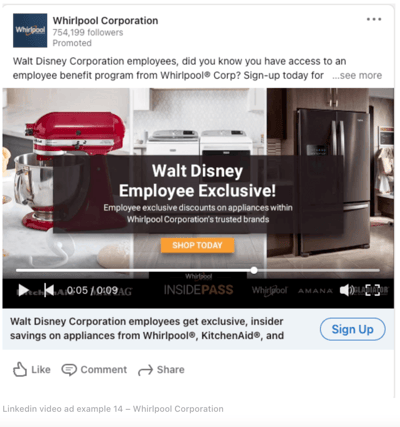
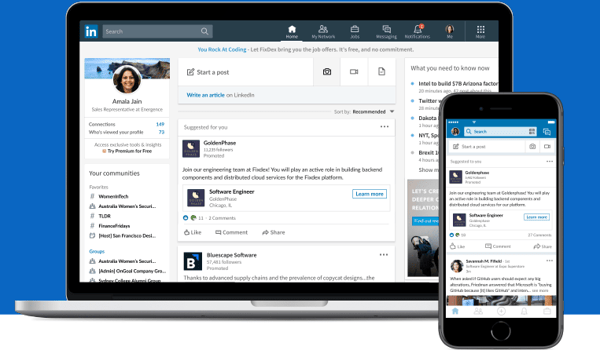
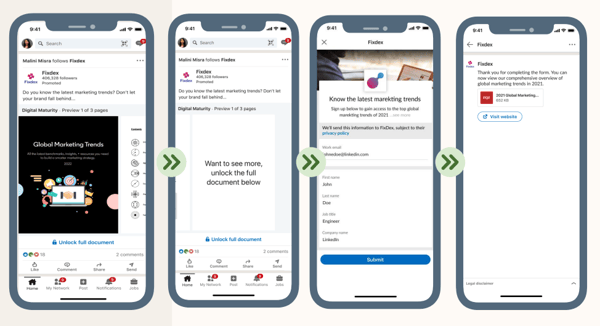
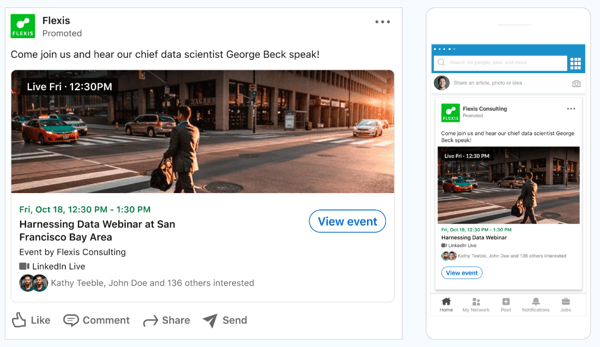

![Free Download: How to Create a Style Guide [+ Free Templates]](https://i4lead.com/wp-content/uploads/2023/03/76520ae5-1a3b-4055-9e8e-95e150b90965.png)

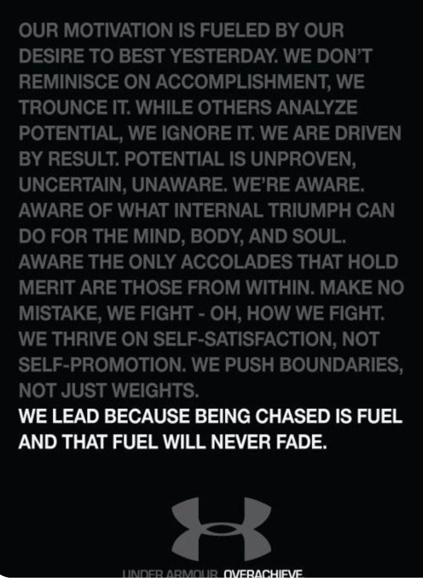
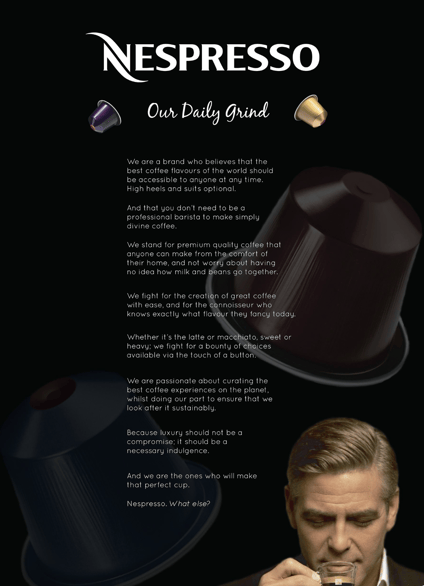
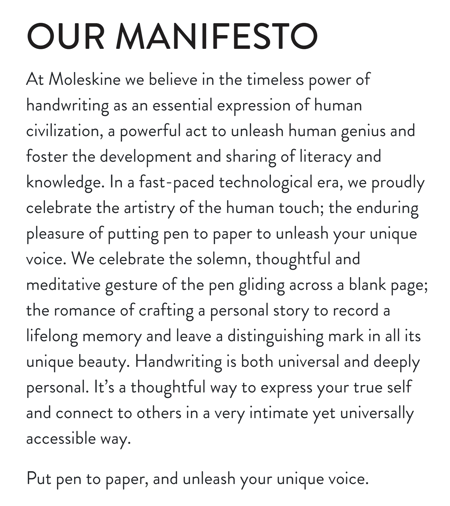
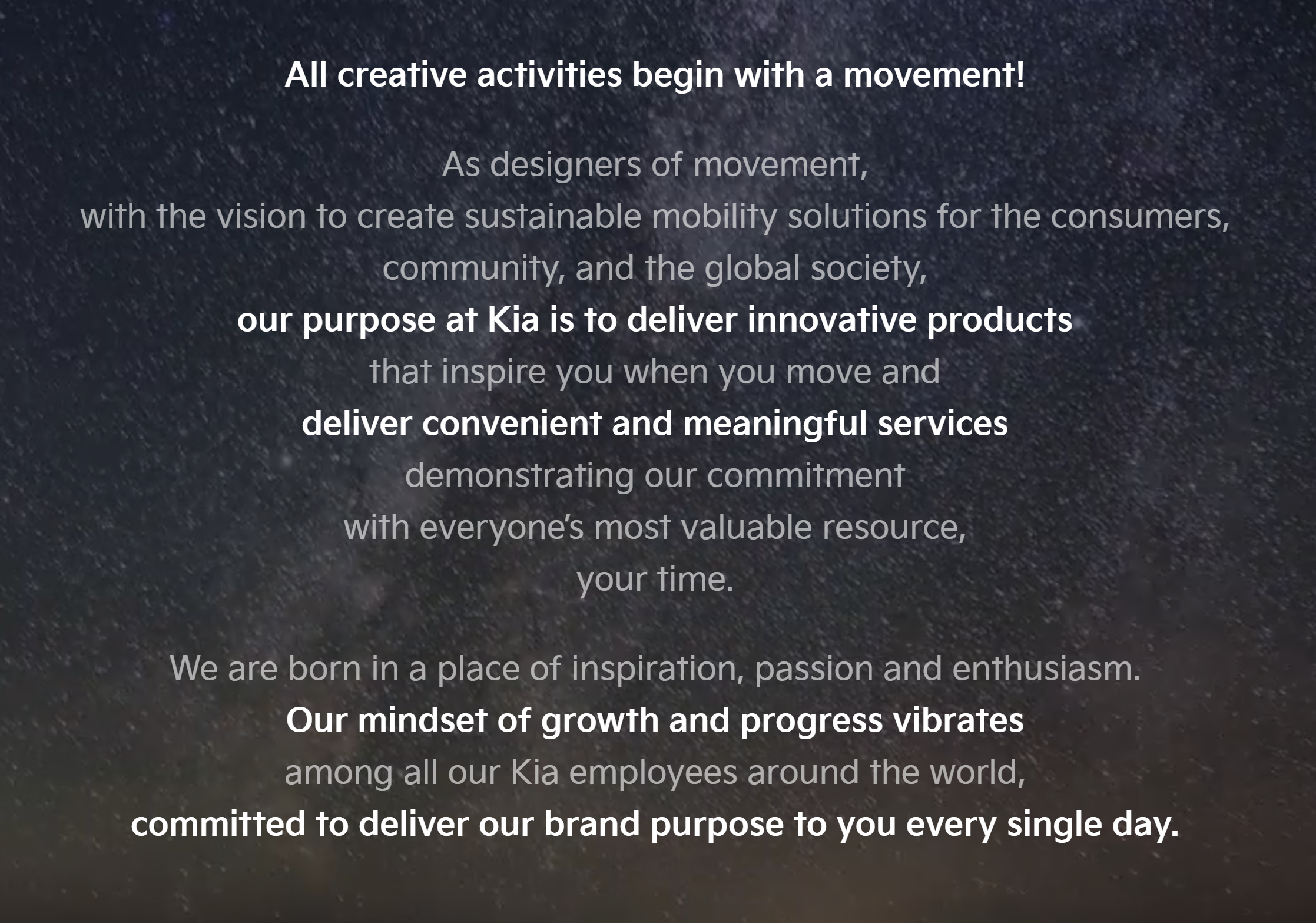
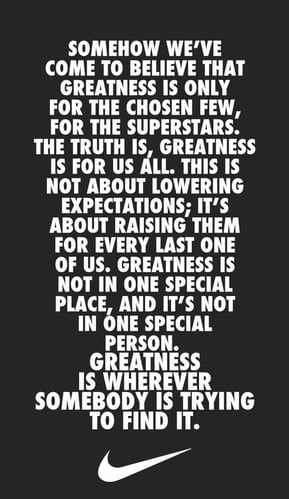
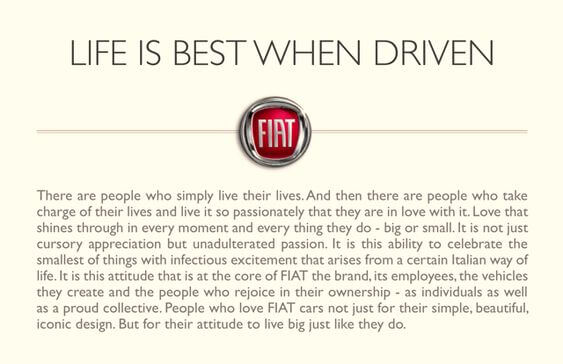

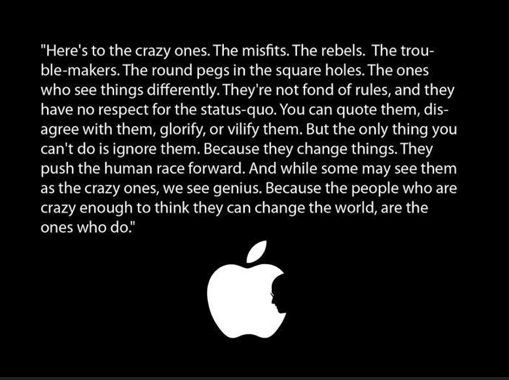

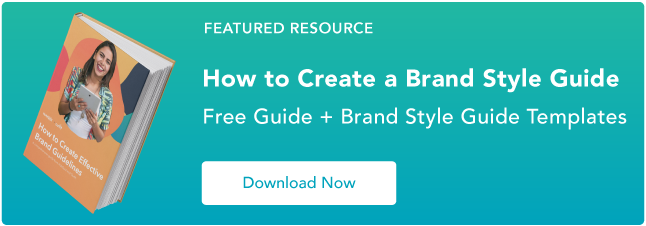
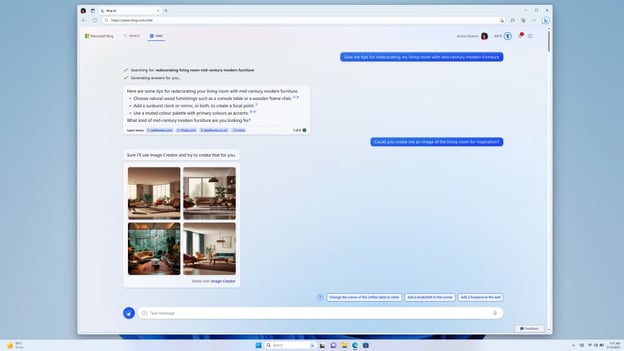

![Free Guide: How to Use AI in Content Marketing [Download Now]](https://i4lead.com/wp-content/uploads/2023/03/3e25e192-30c3-40c1-a7da-a4d054c9e157-6.png)

![Download Now: The 2023 State of Social Media Trends [Free Report]](https://i4lead.com/wp-content/uploads/2023/03/3dc1dfd9-2cb4-4498-8c57-19dbb5671820-4.png)



